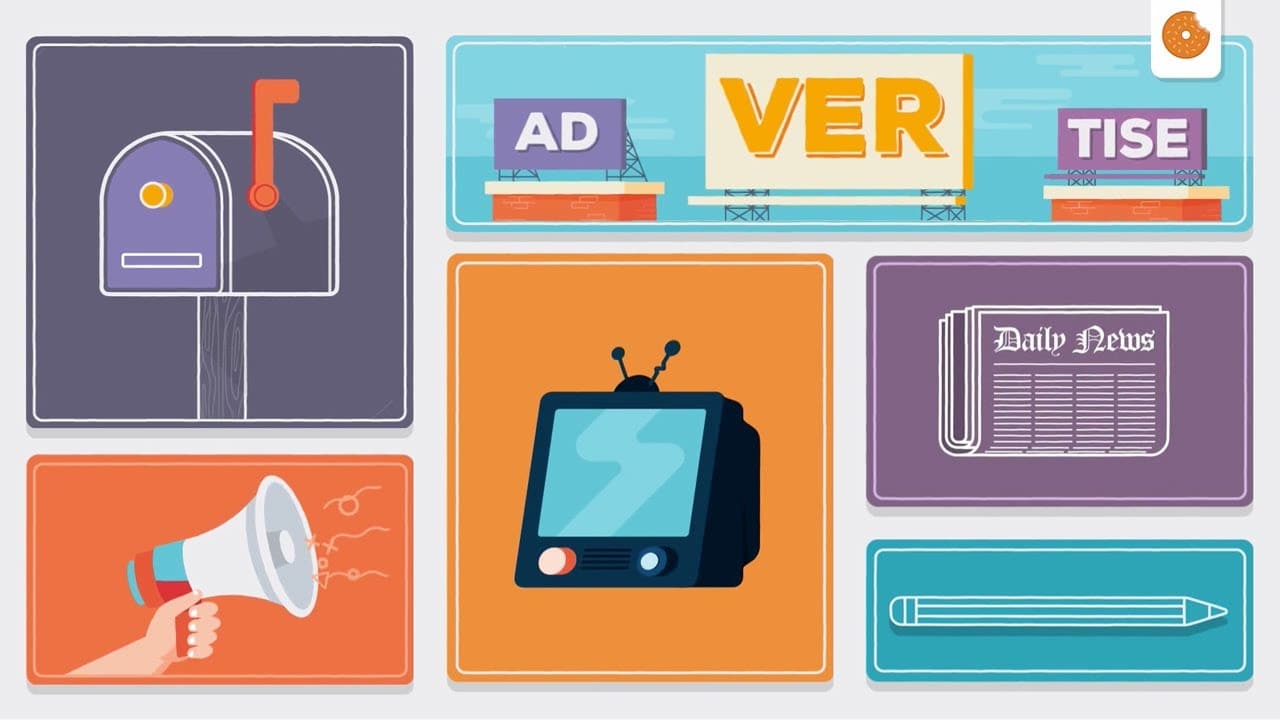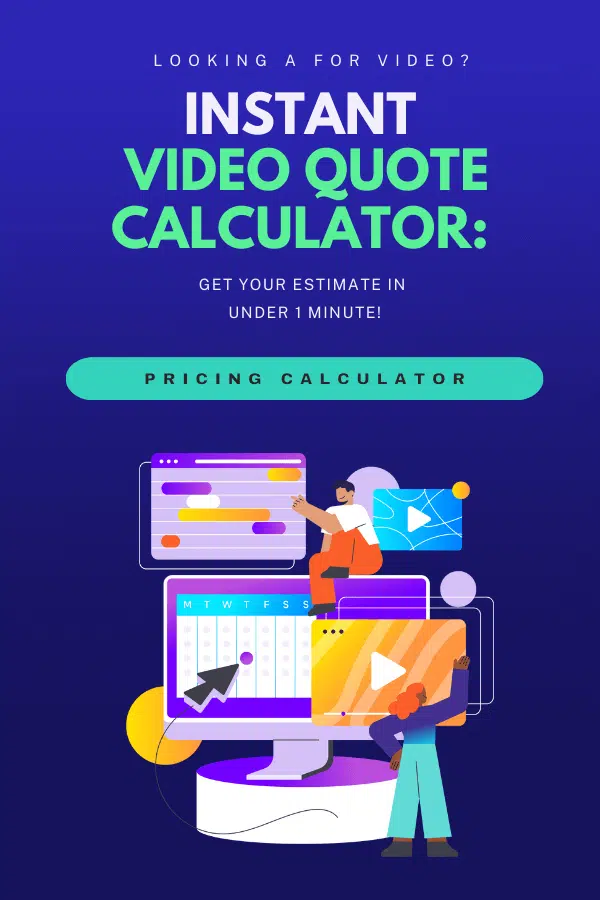15 Fantastic eCommerce Marketing Ideas to Boost Results
24/07/23
Author: Florencia Corazza
10 min reading
MarketingStrategy

When it comes to eCommerce marketing, your main goal is usually to increase both traffic and conversions. But whether you’re a seasoned business owner or just starting out, the time may come when you need new ideas to implement into your strategy and prompt visitors into taking action!
To help you with this, we’ve compiled a list of 15 eCommerce marketing ideas that can serve as the foundation upon which to build your next campaign. So, go grab a pen and some paper, and start taking down notes on which ones you’d like to try out!
Table of Contents
1. Produce Engaging Videos
You’ve probably heard that video content is on the rise, and you might be wondering about the reasons behind that trend. It’s pretty simple: videos are a versatile medium to engage viewers easily.
From short animated explainer videos that help you illustrate complex topics to longer tutorials that teach your customers how to use your products, You can create many types of videos to fit your business’s needs. The best part of this eCommerce content marketing tool is that you can embed them on your website and product pages, send them via e-mail, and even share them on your social media channels!
You can also work with a video marketing agency to help you produce your videos!
2. Write Useful Blog Articles
Despite the popularity of videos, you shouldn’t disregard written content outright. Publishing blog posts with valuable and interesting information is a good eCommerce content marketing strategy to attract new customers and engage existing ones through relevant topics.
If you haven’t written a blog post yet, a great way to start is by brainstorming questions potential buyers might have about your product or service. For example, if you sell clothes, you can write about “what kind of soap is best to wash cotton clothes” or “how to accessorize your outfits.” The sky’s the limit when it comes to blogging topics!
3. Build an E-mail List
To start enjoying all the benefits of e-mail marketing, you will need to build a list of targeted subscribers first. Here, quality is way more important than quantity, so you will have to look for the e-mails of those people who are genuinely interested in what you offer.
While it can be difficult to convince people to share their contact information, there are several tactics you can use to convince them it’s worth doing it. For example, a classic eCommerce marketing strategy involves offering a discount on their next purchase if they subscribe to your list. Other popular options include asking customers to give you their address during the checkout process and trading valuable freebies such as an ebook or a template for their e-mails.
4. Remind Customers of Their Abandoned Cart
Did you know that almost 70% of online shoppers abandon their carts? Imagine all the possible sales you could make if you retargeted those people and convinced them to make the purchase!
Sending them an e-mail reminder is the best way of doing that. Your typical cart abandonment sequence should ideally include at least two reminders to nudge the recipient back to your eCommerce store. We recommend contacting them for the first time about one hour after they’ve abandoned their cart to suggest they complete the checkout process.
5. Thank Loyal Customers
Showing your loyal customers how much you appreciate them is an excellent way of incentivizing them to keep doing business with you. It should go without saying that customer retention is a big part of the profitability of your eCommerce business, especially if you’re just starting out.
There’s no fixed recipe for how to reward your customers or how frequently you should do it, but you can start by offering a small discount on their next purchase to encourage them to come back, for example.
6. Send Related Offers
Any good eCommerce marketing company will be able to tell you that whenever a potential customer shows interest in a product by adding it to their cart or simply by visiting a product page, it’s a good opportunity to implement up-sells and cross-sells.
You probably already do that on your website, but what you might not know is that you can also do it via e-mail. After a purchase is made, you can reach out to your customers and offer add-ons or upgrades to a product or service or recommend other products related to past purchases they could be interested in.
7. Share Promotional Offers
This is probably the oldest strategy in the eCommerce marketing book to give your sales a proper boost—but hey, it certainly works!
Time-limited offers that introduce a sense of urgency work particularly well. Launch a flash sale and either clearly state the deadline in the e-mail subject line with something like “today only!” or build mystery around the offer with “get this while you still can!” to encourage people to open your e-mail.
One word of advice, though: don’t overuse this eCommerce marketing strategy because if customers get offers too often, they might get used to them and refuse to purchase without a discount.
8. Consider Investing in PPC
Pay-Per-Click (PPC) campaigns are usually a quick method for boosting sales, and while it might not be a good eCommerce marketing idea for businesses that are just starting out, it’s still worth learning about.
PPC services guarantee your business’ ads a spot on search engine result pages in exchange for a fee each time a person clicks. In simple words, whenever a user enters a keyword on a search engine, the results will show them related ads that will take them to the business’ website if they click on them.
This way, the chances of those people making a purchase increase significantly, as they’ve already shown interest in the product in the first place.
9. Take Advantage of Google Shopping
This is a free service from Google that lets a business owner or eCommerce marketing agency list an entire product range, together with pictures and prices, on Google’s shopping list. Then, the search engine can put your products in front of potential customers if they’re relevant to their online activity and searches. So, by leveraging Google Shopping free listings, you can easily capture high-intent shoppers.
10. Set Up a Facebook Shop
While your website is a great place to sell your products, social media is where people are. So, why not learn how to set up a Facebook Shop to drive more sales? It certainly doesn’t hurt to have an extra sales channel!
With a Facebook Shop, you can choose which products from your catalog you want to feature and even customize your shop to match your brand image. It’s true, though, that the eCommerce features it offers are somewhat limited. However, customers will still be able to browse your list of products, save the ones they’re interested in, and even place an order.
11. Ensure Your Product Pages Stand Out
Your product pages are one of the most important elements you should optimize. Not only for SEO purposes but to improve user experience as well.
The easiest way to start is by taking a look at the title tag and meta description of a product page. Ask yourself, “would I click on a search result that showed this?” Remember that both elements should be enticing enough to convince people you’re a relevant result to their search. Moreover, it’s always a good idea to include your main keyword there as well (as long as you can make it sound natural, of course).
Target keywords should also be featured in your product description and URL, if possible. Speaking of the description, try to avoid including the information the manufacturer shipped with the product! It will just be duplicate content, and search engines will consider it as a sign of low quality.
Lastly, don’t forget to add every extra info that would make people’s shopping experience better, such as product videos, pictures, price, availability, and so on.
12. Make Your Page Mobile-Friendly
People not only use their phones to make purchases but also to research purchasing decisions before buying. However, being mobile-friendly is more than simply having a responsive design. You’ll have to go a step further and design your page with these users in mind to ensure a satisfactory experience.
A simple eCommerce marketing strategy you can start with is to make the buttons on your website a bit bigger. That way, visitors can tap on them without zooming in. Another thing you can consider is eliminating numerous (and often invasive) pop-ups and ads. These elements are often difficult to close on mobile devices and take up too much space, severely impacting the user experience.
13. Work on Off-Page Optimization
So far, we’ve discussed how to optimize different elements within your website to improve your rankings, but is there anything else you can do to boost your efforts? Well, there are some factors outside of your website that can affect your rankings, such as social media mentions, domain authority, and backlinks.
One of the most effective ways of implementing off-page optimization is by having reputable pages link to or promote your website, establish your trustworthiness and “vouch” for your authority. Over time, these backlinks will improve both search engine and user perception of your site’s quality.
14. Ask for Reviews and Testimonials
Product reviews and customer testimonials are typically used to help clear out any doubts potential customers have. Since the info comes from people outside of your company, customers tend to see them as more authentic and honest opinions.
In fact, you’ve probably come across many positive reviews on your website or social media, and you might even have testimonial videos of your own.
But have you ever encountered negative reviews? While sometimes rough, they pose a unique opportunity to work on and address your customers’ concerns.
So, don’t be afraid of reviews and testimonials, and use them to strengthen any weak points in your strategy!
15. Track Metrics to Improve Your Strategy
The only way to know for sure whether your eCommerce marketing plan is working or if there’s anything that could be improved upon is to track your metrics. A few key performance indicators (KPI) you should focus on include:
- Conversion rate (CVR): shows how many people made a purchase on your website out of the total number of visitors. Your eCommerce marketing efforts should allow you to keep a steady CVR and help increase it over time.
- Customer acquisition costs (CAC): indicates the average costs of getting a new customer.
- Click-through rate (CTR): the percentage of people who follow a link (e-mail, social media post, etc.) to your website.
- Bounce rates: It calculates how many people visited your website but left without taking any action.
Wrapping Up
It can be tricky to know where to focus your efforts with eCommerce marketing. After all, the possibilities are virtually endless! For this reason, we decided to compile these 15 eCommerce marketing ideas that can easily inspire your next campaign.
Whether you’re looking to get started on social media or need to find ways to rank higher on search engine results, here at Yum Yum Videos, we hope that you will find the tools you need to see your results skyrocket!

Florencia Corazza – Content Writer and Co-Editor
A skilled writer, translator, and co-editor for our web and blog content. As a self-defined "wordsmith," she’s talented in adapting the latest marketing news into all kinds of digital formats. If she’s not watching the latest Sci-Fi show on Netflix, then can find her tending to her perfectly reasonable number of plants.















